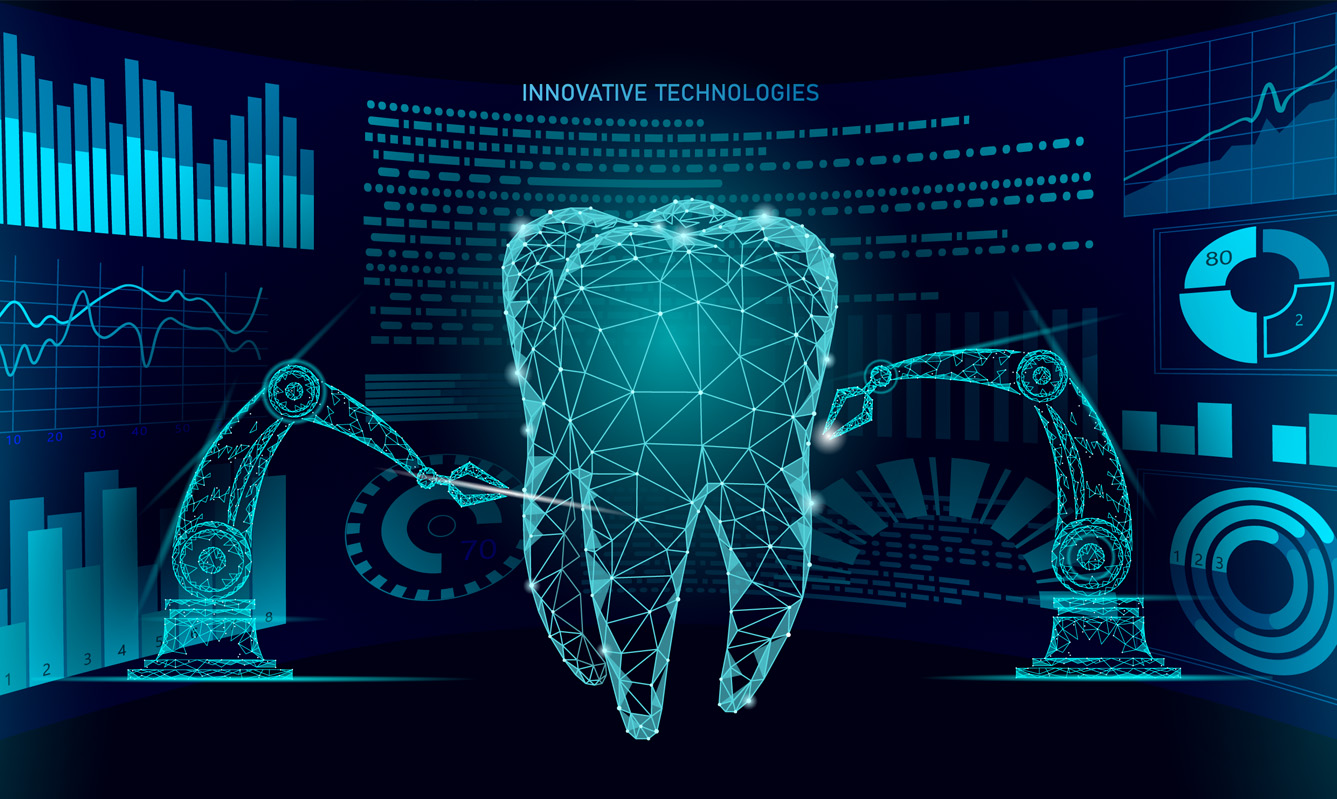The history of braces is long and varied, dating back to the first attempt to straighten teeth in 400 BC. Throughout time, other early orthodontic devices have been used to close gaps in the teeth or expand the palate. For example, ancient Greeks used catgut or metal strips with goat and sheep intestines in 1000 BC.
Orthodontic treatment has transformed significantly since the days of ancient civilization, evolving from gold wire to titanium and ceramic brackets. As orthodontics have improved, the dental industry has also made great strides in reducing the pain and discomfort of braces, while lowering costs for both patients and providers.
While dental health has been considered an important part of overall health for centuries, there are still many innovations yet to come. So, what does the future of dental braces look like?
What your kids have to look forward to
Currently, there are a variety of ways to achieve your perfect smile. While metal braces and clear ceramic or plastic braces are the most common options for patients, clear braces like Invisalign® are the best choice for those seeking minimal discomfort and faster results. This is because comfort and cost efficiency are two of the biggest concerns patients have when pursuing treatment. Innovative technology has brought us an advanced state of modern orthodontics, more convenient and effective for patients.
The future looks promising, as a survey of emerging trends suggests. The use of stem cells, root, and bone regeneration will be possible, while there are new materials and devices making waves in the industry. Along with biomaterials and battery powered tools, 3D printing and nanotechnology are expected to be some of the most popular innovations in the coming years. Furthermore, we’re seeing new adhesives inspired by the natural adhesion abilities of geckos and mussels, which could be used to secure brackets more effectively.
Perfecting your smile
The future of dental braces is bright. With the advent of new technology and a new generation of orthodontists with a commitment to new ideas, there is no doubt that dental care will continue to improve. As the field grows and develops, so too will the results that patients are able to achieve. We can’t be certain what orthodontics will look like 100 years from now, but we do know that the percentage of people who need braces will have better access to top orthodontists.
